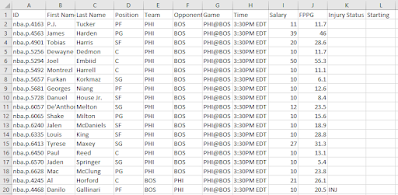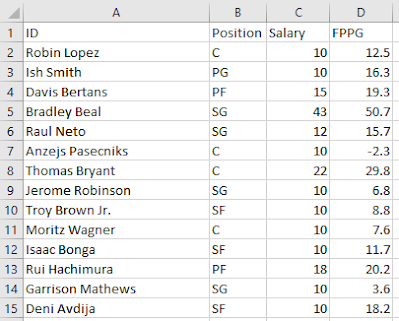The Paradox
The Friendship Paradox, in simpler terms, identifies the common phenomenon in which an individual, typically possesses less friends than his friends. Additionally, the sum of friends which his friends possess, will be greater than the sum of his total number of friends.
This paradox possesses wide reaching implications, as it describes events which are self-arising and irrefutable. However, before we can detail applicability, we must demonstrate the paradox as it was initially discerned.
First, let’s get some terminology down.
In graph theory, circular graphics are known as nodes, or vertexes. The lines which illustrate relationships between the nodes are known as edges.
Now, let’s utilize this style of graphical representation to demonstrate the relationships between 5 individuals.
As each relationship is symmetric, if one friend considers himself to be a friend of another individual, that individual also considers the initial individual to be his friend as well. As shown above, A is friends with B and E. B is friends with both A and E, and also friends with C.
If a single individual begins to quantify a particular phenomenon as it relates to their person on an individualized basis, or even as it relates to a novel phenomenon, then the natural consequence of this endeavor is that this individual from the onset will find himself at a disadvantage.
For example, a new creation upon its genesis, possessing autonomy, will immediately be concerned with attaining sustenance. This was not a concern which was possessed within the prior state of non-being. In contemplating one’s beauty, a young woman immediately begins to compare herself to those whom she perceives as being more beautiful. We would never anticipate the inverse to occur.
This is the paradox of living, striving to possess more while the value of that which we possess becomes diminished. This is due to the passage of time, but also due to singular possession of a resource also diminishing in value. Something within our possession loses value from the moment of possession, as both the individual and the possession are diminished by the natural passage of time.
Here is another example, if an individual walks into a crowded elevator filled with random strangers, then there is a greater probability that this individual will have the same number, or a greater number of friends, than each stranger within the elevator. However, if the same individual were invited to a party hosted by a friend, then there is a lesser probability of this individual possessing more friends, or a similar number of friends, as compared to each other party attendees. In the elevator scenario, there is no guarantee that any individual within the elevator possesses a single friend. This also includes the individual entering the already crowded elevator. However, in the party scenario, each party goer has at least one friend, that being - the party’s host. In this case, the count begins at the neutral value of 1, except for the case of the party’s host, who is friends with every individual in attendance.
As described above, the friendship paradox also seeks to demonstrate, “the sum of friends which his friends possess, will be greater than the sum of his total number of friends.”
In the case of our first example, this value would be calculated as follows:
To better illustrate this phenomenon, I’ve constructed a new example relationship diagram below:
In this instance, E has more friends than A, B, C, D.
E has 4 friends. While A, B, C, D each have 1 friend (E).
In total: A, B, C, D possess the same number of friends in sum (1+1+1+1).
If A, B, C, or D possessed one additional friend – F, then in total, they would together possess more friends in sum than E (1 + 1 + 1 + 2).
If this were the case, the paradox would hold, as E would have a total of 4 friends, but the total number of his friends of friends would be greater (5).


























